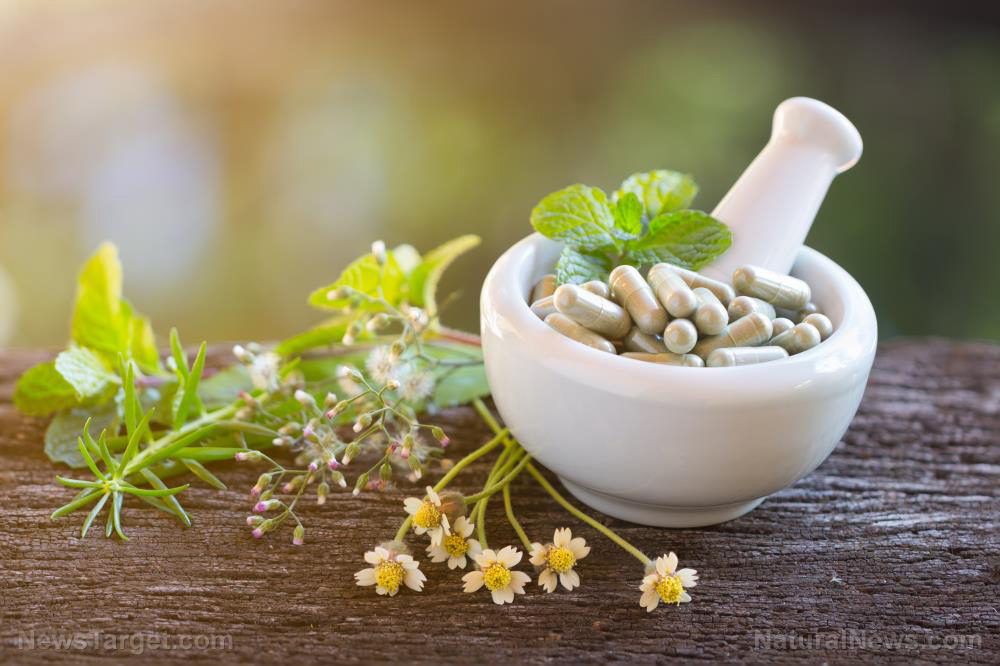Researchers identify alternative and complementary medicines for kidney disorders
06/24/2020 // Evangelyn Rodriguez // Views
Tags: alternative medicine, Diabetic nephropathy, goodhealth, goodmedicine, goodscience, herbal medicine, Herbs, kidney disorders, kidney health, kidney stones, natural cures, natural medicine, remedies, research

- The kidneys play a vital role in the normal physiology of humans.
- Chronic kidney disease has become a major cause of disability worldwide and, in worst cases, has led to death.
- Major renal disorders occur due to diabetes, and one of its well-known complications is diabetic nephropathy.
- Nephrolithiasis, or kidney stones, occurs due to the presence of organic debris of carbohydrates, lipids and proteins and supersaturation with calcium oxalate in the kidneys.
- Numerous studies, however, have demonstrated the potential of various herbs to treat and manage these kidney disorders.
- When it comes to nephrotoxicity, or kidney toxicity, some commonly used herbs for treatment include aloe vera (Aloe barbadensis), milk thistle (Silybum marianum), garden cress (Lepidium sativum), summer squash (Cucurbita pepo), cat's whiskers (Orthosiphon stamineus) and dessert cotton (Aerva javanica).
- For diabetic nephropathy, medicinal plants like garlic (Allium sativum), barberry (Berberis integerrima), maidenhair (Ginkgo biloba), Chinese licorice (Glycyrrhiza uralensis), red sage (Salvia miltiorrhiza) and American ginseng (Panax quinquefolius) are traditionally used as treatment.
- For nephrolithiasis, common natural medicines include lemon (Citrus limon), sunflower (Helianthus annuus), moringa (Moringa oleifera), jasmine (Jasminum auriculatum), dog rose (Rosa canina) and Indian madder (Rubia cordifolia).
The researchers believe that the potential of these medicinal plants as alternative or complementary medicines need to be further explored so they can be formulated in potent dosage forms and made available to people around the world.
Journal Reference:
Sneha D, Neeru V, Sunil S. KIDNEY DISORDERS AND MANAGEMENT THROUGH HERBS: A REVIEW. The Journal of Phytopharmacology. 2019;8(1):21-27
Related Topics
alternative medicine Diabetic nephropathy goodhealth goodmedicine goodscience herbal medicine Herbs kidney disorders kidney health kidney stones natural cures natural medicine remedies researchLatest News
Related News
07/10/2023 / By Zoey Sky
07/05/2023 / By Ethan Huff
07/05/2023 / By Kevin Hughes
07/04/2023 / By Olivia Cook
07/04/2023 / By Zoey Sky
Take Action:
Support Natural News by linking to this article from your website.
Permalink to this article:
Copy
Embed article link:
Copy
Reprinting this article:
Non-commercial use is permitted with credit to NaturalNews.com (including a clickable link).
Please contact us for more information.
Please contact us for more information.






















